How Do We Define Hen ‘Species?’
Causes we categorize organisms into species
Perhaps ever since folks started to utilize language we’ve had a wish to name points and put them into lessons. We might have started with the kinds of fruits we’d eat and the fully totally different animals we hunted. Then there have been sorts of timber to distinguish, based mostly totally on their utility for making devices and shelter. There have been good causes to name fully differing types of rocks, medicinal vegetation, dangerous bugs, and so forth.
This primitive impulse combined with our newer motivation to classify “the entire points” launched us to the monumental exercise of determining every distinctive sort of life on Earth. Birds being a really highly effective, in spite of everything. That’s what quite a few scientists across the globe are laborious at work on.
There are a selection of wise causes, from the angle of science. First off, the species is taken under consideration a primary unit of taxonomy and natural vary. After we assign a genus and a species determine to a fowl, we’re placing that fowl all through the higher framework of the great tree of life. A species’ classification is our best guess about its evolutionary historic previous and relationships to totally different critters.
The species as a taxonomic unit is the primary focus of lots evolutionary thought and ecological evaluation. If we’re going to test these options of biology, it’s pretty helpful to have names for our species. A lot of what we’ve realized about life on our planet has come from viewing it on the stage of the species.
Having identities for each of our planet’s species will be great very important for environment friendly communication about them—communication amongst scientists, for optimistic, however moreover educators, conservation employees, authorities officers, and nature fanatics like birders.
Naturally, we’re in a position to best speak a couple of species after all of us agree on its distinctiveness and on what to call it. Sooner than we bought right here up with any type of standardized names for species, we had solely native or “frequent” names to work with. This could be messy.
The additional widespread a fowl or totally different animal, the additional native names it’s liable to have. Swainson’s Hawk, for example, has a ramification that spans big elements of North and South America. It’s scientific determine is Buteo swainsoni, nonetheless it goes by various totally different frequent names, counting on which nation or custom you’re talking about: busardo chapulinero, aguilucho langostero, or gavilán de Swainson.
Native or frequent names for birds are nonetheless utilized in lots of places. And that’s all excellent and dandy. Nonetheless thankfully we even have our scientific names for birds. On the very least in principle, scientific names are standardized and acknowledged all through the boundaries of countries, languages, or cultures.
One different massive trigger we set up and determine species has to do with conservation. How we classify a fowl is normally what determines whether or not or not or not it could be protected by conservation authorized pointers. Authorized pointers identical to the Birds Directive throughout the European Union and the Endangered Species Act within the US. Typically a fowl or totally different organism will get licensed security offered that it’s thought-about a full species, comparatively than solely a subspecies.
Take, for example, the Socorro Parakeet (take heed to call), Psittacara brevipes; it is found solely on its eponymous island, 200 miles off the west coast of Mexico, throughout the Pacific Ocean. This small, isolated landmass is the peak of an outdated volcano, reaching practically 4,000 toes above the encircling sea. In several phrases, it’s an endemic species on the island.
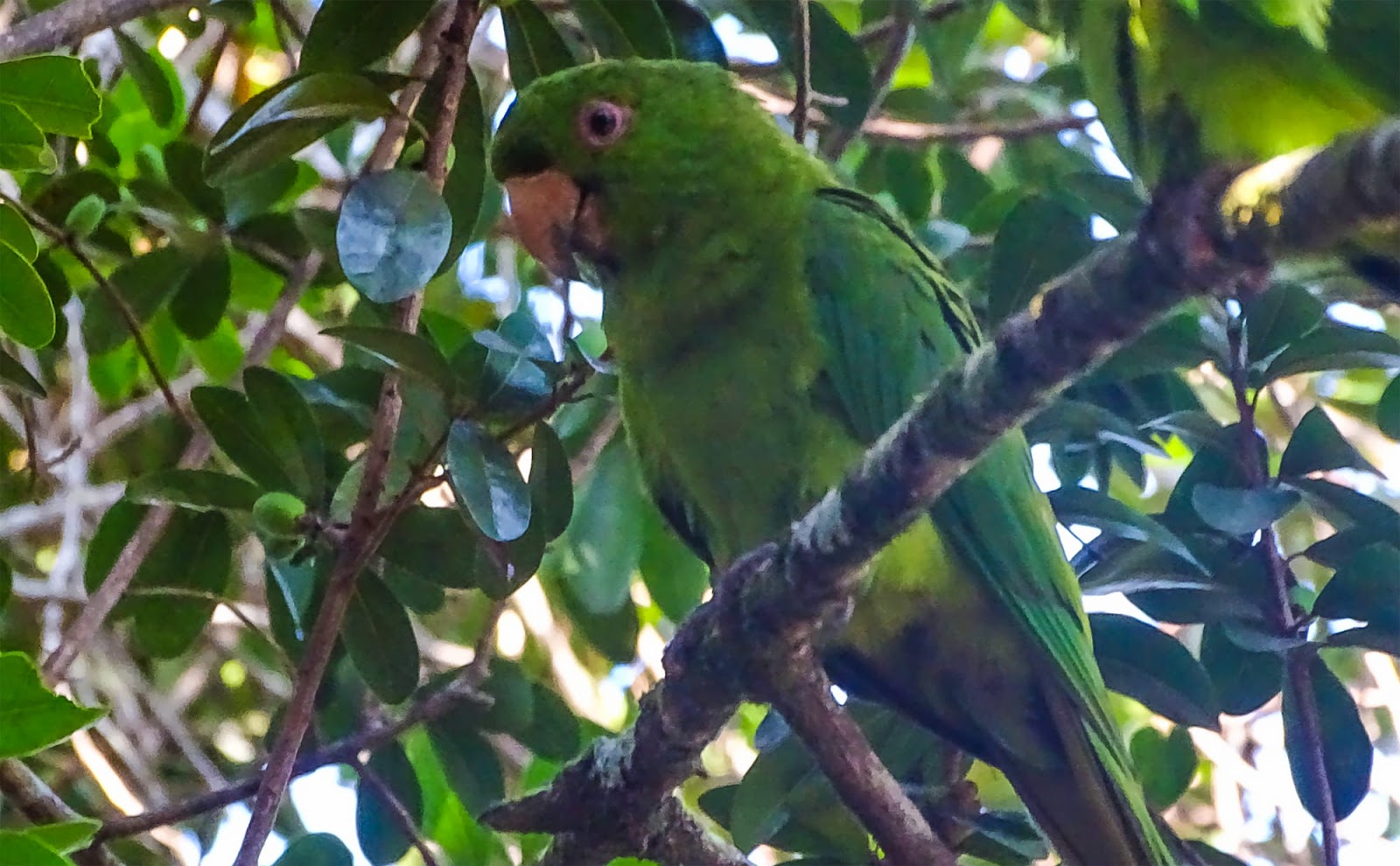
When it was first found it was thought-about a subspecies of the identical wanting Inexperienced Parakeet, Psittacara holochlorus. There are numerous a whole bunch of Inexperienced Parakeets all through Mexico and Central America. It’s not thought-about a threatened species, a minimal of not on the Worldwide Diploma. As I said, The Socorro Parakeet is now thought-about a full species by some authorities. Surveys counsel that just some hundred Socorro Parakeets are left. Because of this species has such a small inhabitants measurement and a tiny geographic range, ornithologists are making the case that it desires security.
So, if the Socorro Parakeet was categorized as a subspecies, some people could assume it doesn’t need any specific security, licensed or in some other case. These cold-hearted people may argue that given that parakeets of Socorro Island are solely a small inhabitants of the ample Inexperienced Parakeet, it could be no massive deal within the occasion that they obtained worn out.
What’s a species?
A species contains ‘groups of actually or most likely interbreeding pure populations, which can be reproductively isolated from totally different such groups.’ Phrased one different methodology: a species is a bunch of organisms which will effectively interbreed and produce fertile offspring.’ This is just one choice to stipulate a species. It’s known as the ‘Natural Species Thought,’ and it’s the definition you’re most likely to go looking out in a biology textbook. There’s a terrific likelihood you’ve heard it sooner than.
The Natural Species Thought was formally launched in 1942 by Ernst Mayr, one in every of many twentieth Century’s most well-known evolutionary biologists. He moreover occurred to be an ornithologist. On the coronary coronary heart of Mayr’s species thought is this idea of reproductive isolation.
Simplistically, it actually works like this: if two organisms can mate to provide healthful, fertile infants, then they’re members of the an identical species. However when their offspring aren’t fertile, that means the distinctive mom and father normally aren’t of the an identical species.
The normal occasion is a female horse mating with a male donkey to provide a mule. Mules are practically always infertile. So, if we apply the Natural Species Thought, we should always conclude that horses and donkeys are separate species. Mules, then, are hybrids between the two.
For a pair hundred years major as a lot because the introduction of the Natural Species Thought in 1942, biologists and naturalists had been swarming all through the planet, gathering, determining, and naming species.
These early naturalists regarded principally on the bodily, the anatomical variations between organisms when deciding which have been fully totally different adequate to be dealt with as separate species. And since nature is positively bristling with vary, they found numerous alternate options to divide and subdivide groups of organisms into more and more extra species.
With respect to birds, the naming frenzy launched the worldwide number of species to a staggering most of 18,937 by 1909. I say staggering because of don’t forget that within the current day we acknowledge solely ten or eleven thousand fowl species.
Just some years after the scientific group embraced Mayr’s thought, enthusiastic taxonomists had rearranged the world’s birds proper right into a mere 8,616 species. The event had grow to be to lump variable geographic kinds of birds into single species, reassigning many former species to the subspecies stage. The first criterion behind these selections was, “Reproductive isolation, certain or no?” If “no,” lump ‘em and title ‘em subspecies.
In present a few years the number of fowl species has been creeping upward as soon as extra. That’s going down partly because of we’ve acknowledged some limitations of the Natural Species Thought. Some species beforehand lumped under that concept have been break up as quickly as as soon as extra.
Moreover, the knowledge we’re in a position to collect from birds has grow to be further totally different and rich. A lot of that’s genetic info. At present it’s comparatively routine to sequence full genomes from various birds to work out their evolutionary relationships.
And biologists have offer you totally different species concepts. The Natural Species Thought just isn’t the one recreation in town.
For better than 100 years, our lists of fowl species have been rising and contracting, accordion-like, as we lump species collectively or break up them apart. There’s a chance ornithologists will someday acknowledge many further fowl species than they do correct now. However when this happens will most likely be a sluggish grind. Scientists are conservative and skeptical, as they should be. They don’t want to easily determine species all over the place, willy nilly.
The Species Disadvantage
You and I aren’t alone in feeling like there should be further to determining fowl species. Further than merely determining—or making assumptions about—which birds are reproductively isolated. Biologists have struggled to stipulate species for a protracted, very very long time. Over 80 years sooner than there was a Natural Species Thought, Charles Darwin wrote, “No person definition of species has as however glad all naturalists; however every naturalist is conscious of vaguely what he means when he speaks of a species.”
This uncertainty turned generally called “The Species Disadvantage.” In 2001, the evolutionary biologist Jody Hey wrote, “The species disadvantage is the long-standing failure of biologists to agree on how we should always all the time set up species and the best way we should always all the time define the phrase ‘species’.”
The Natural Species Thought was a helpful step forward in resolving the Species Disadvantage. Nonetheless it does have some limitations. Let’s give these a quick look, lets?
Points with Natural Species Thought
The check out of specieshood proper right here is whether or not or not or not two birds or irrespective of can reproduce effectively, correct? It will not be too laborious for ornithologists to make use of this check out to birds which have overlapping distributions and that share the an identical habitat. Cautious commentary alone is maybe adequate to find out which birds can or can’t interbreed.
Nonetheless there are many, many conditions, the place making use of the check out of reproductive isolation is each: (A) great troublesome, (B) most definitely unethical, or (C) merely plain not attainable.
Let’s say you’ll have two populations of birds, each residing on a separate island. As far as you can inform, all these birds are comparable moreover that their tail feathers are blue on one island and inexperienced on the alternative island. The islands are shut adequate that the birds could have the flexibility to fly backwards and forwards between them, even when solely not usually.
Now you have to decide if the two populations symbolize two species or just one. How do you identify if a fowl from one island can—a minimal of most likely—breed with a fowl from the alternative island to provide fertile offspring?
There are a selection of strategies it’s possible you’ll confirm this, most of which may take numerous time, laborious work, and presumably money. More often than not, ornithologists have opted to solely make educated guesses regarding the reproductive isolation of birds in situations like this.
One different disadvantage has to do with hybrids. Once more throughout the day, zealous supporters of the Natural Species Thought would lump collectively any two sorts of fowl proper right into a single species if these birds may produce fertile hybrid infants. Even the tiniest amount of worthwhile hybridization, they argued, was adequate to point out that two fowl populations belong to the an identical species.
Is that methodology inexpensive? I suggest, to consider two birds as separate species, how lots hybridization between them is an extreme quantity of? In present a few years, we’ve realized a lot about pure hybridization in wild birds. First off, evidently about 10% off all fowl species hybridize with totally different species. That’s much more frequent than we as quickly as thought.
We now have further info and better devices, like genetic analysis, to look intently at how hybridization truly performs out in birds. It turns in the marketplace are a number of nuances to hybridization and we merely don’t have a “black-and-white” methodology of having a look at hybrids when making use of the Natural Species Thought.
There’s one different scenario, known as a cline by Julian Huxley, the place this species thought fails to be helpful. Say we have a widespread fowl whose populations freely and thankfully interbreed with their neighboring populations. In addition to that this isn’t true for populations on the far ends of the fowl’s geographic distribution. Birds from each end don’t interbreed with each other.
Do birds residing on the 2 ends of this big, regular distribution belong to 1 species or two? We’re in a position to’t merely reply that question with the Natural Species Thought. Granted a scenario like this may be uncommon in nature, nonetheless it does happen.
So these are some massive limitations of the Natural Species Thought when utilized to birds. Nonetheless it’s best to know that it moreover fails after we try to make use of it with prehistoric animals or to asexual critters like micro organism.
Totally different Species Concepts
Very wise biologists have been attempting, for years and years, to offer you a better species thought. Probably one that could be utilized to every residing issue, in distinction to the Natural Species Thought.
We now have truly dozens of assorted species concepts to pick out from.
Happily, most ornithologists these days rely upon just a few well-supported species concepts as they go regarding the enterprise of determining and naming fowl species. The Natural Species Thought continues to be most likely essentially the most broadly used, whatever the points we merely talked about. It actually works pretty successfully in a number of situations. Sooner than making use of this or each different species thought, a biologist will most definitely have causes to suspect that two seemingly comparable organisms is maybe fully totally different species.
No matter all our stylish progress, the beginning line for determining fowl species is generally the an identical as a result of it’s been for a complete lot of years. An ornithologist appears to be at birds from two populations and notices that they seem fully totally different by some means. Probably they’ve some refined variations in plumage. Or their songs sound a bit fully totally different, or their feeding habits. Intrigued, our ornithologist could bust out a measuring tape and some calipers to collect laborious info from birds in every populations.
If the two populations appear to be comparable all through the entire measured dimensions, that’s maybe the place the investigation ends. Conclusion: they’re the an identical species.
Nonetheless, if there are measurable, quantifiable variations… successfully then, it’s maybe worth a greater look. As quickly as upon a time, once more throughout the 1800s, discovering various morphological or behavioral variations was all you needed to distinguish new species.
In nowadays, biologists and naturalists have been making use of what we’d title a Morphological Species Thought. This methodology continues to be helpful in some circumstances, similar to determining prehistoric species, given that solely info we have for them comes from fossils.
As for determining residing species these days, our necessities are further rigorous than they’ve been throughout the 1800s. Morphological and behavioral info usually should be scrutinized along with genetic info, geographic distributions, and proof of breeding compatibility, or the dearth thereof.
So that you simply’ve obtained a bunch of data like this and it signifies that your fowl of curiosity is distinct. That’s the function the place you’d should decide on which species thought to make use of.
In case you don’t want to make use of or for some trigger can’t use the Natural Species Thought, your best totally different could be the Phylogenetic Species Thought. This one was launched throughout the Nineteen Eighties. Some ornithologists would argue that we should always all the time always use the Phylogenetic Species Thought and postpone the crusty outdated Natural Species Thought.
A phylogenetic species is a single evolutionary lineage that stays cohesive, close-knit, in every space and time. A phylogenetic species is one small division on the Tree of Life. Its members all share a minimal of 1 distinctive, inherited attribute that separates them from members of various groups. That trait is maybe a plumage pattern or eye color, it’s maybe a music phrase, or it’s maybe a sequence of nucleotides in a gene.
The Phylogenetic Species Thought has a strong take care of the historic previous of a species. It’s about how lots genetic connection there was before now. The Natural Species Thought, in opposition to this, is further about what’s occurring within the current day, with respect to who can effectively breed with whom. Reproductive isolation throughout the present is usually irrelevant throughout the Phylogenetic Species Thought.
I should stage out that these two species concepts aren’t always at odds with each other. They’re not basically mutually distinctive they normally ceaselessly stage to the an identical reply.
The Phylogenetic Species Thought has its execs and cons, which shouldn’t shock you. One attention-grabbing downside is the question of which distinctive, inherited traits should we use to stipulate species this way? If we’re using genetic info from DNA sequences, for example, what is the minimal amount of genetic distinction we’re ready to utilize to separate species? These aren’t easy inquiries to answer.
Beneath the Phylogenetic Species Thought, if a inhabitants of birds has a singular trait, it’s a species. Quite a lot of what we title subspecies correct now’s maybe reclassified as full species if ornithologists across the globe the entire sudden embraced the Phylogenetic Species Thought.
In such a hypothetical state of affairs, the Darkish-eyed Junco proper right here in North America may go from being one species to fifteen in a single day. Likewise, the European Robin may get break up up into 8 species and the Wonderful Fairywren in Australia may grow to be 6.
Naming Committees and Such
As I mentioned earlier, there are a selection of official checklists of the world’s fowl species. 4 to be precise. Your entire lists have between 10 and 11 thousand species. An important distinction in dimension between any two of these lists is 956 species. Not solely do completely the numbers of species differ, nonetheless the exact identities and names of the species are usually fully totally different from one itemizing to the next. Why? It’s because of that’s science, and science might be messy. What we study nature is frequently altering and getting updated as we get further info; as we improve our methods of analysis. Nonetheless that’s okay, , because of they’re all working laborious to get our birds sorted out. By the use of this sluggish and usually painful course of we’re shifting nearer to understanding how points truly are.
Each of the 4 major fowl checklists has a scientific committee or group of editors that makes selections about what species in order so as to add or take away with each substitute. They consider peer-reviewed revealed evaluation and totally different knowledge as they make these selections. Each committee has codified suggestions for his or her course of. Some lean further intently on one express species thought than one different. Some are further conservative with splitting species, others are further liberal.
Most if not all of these committees are shifting within the route of a multidisciplinary methodology to determining and classifying species. It’s known as ‘integrative taxonomy.’ Various sources of data are launched collectively to make selections about species. Morphology, genetics, habits, ecology, and geography can current complementary views throughout the integrative taxonomy methodology.
Examples
Remember the Socorro Parakeet? Properly, in a 2017 look at revealed throughout the Journal of Ornithology researchers used genetic info to assemble a tree of evolutionary relationships between that fowl and it’s closest relations, the alternative so-called subspecies of Inexperienced Parakeet. This tree—this phylogeny—confirmed that the Socorro birds all belong to 1 division of that tree, to the exclusion of the mainland birds.
The authors of this look at make a case for the Socorro Parakeet getting full species standing. The genetic info helps this. These island birds even have longer tails and lack the little orange blotches of their plumage that totally different Inexperienced Parakeets have. So there’s some morphological proof there too.
The authors counsel that by making use of the Phylogenetic Species Thought, the genetic and morphological info current that the Socorro Parakeet must be dealt with as a species, not a subspecies. As well as they remind us that this fowl is geographically isolated on its far-flung island. So in affect, it’s reproductively isolated.
For a further occasion, take the wren. There’s a tiny brown ball with feathers generally called the Eurasian Wren. It has an astonishingly loud and complex music for such a small fowl.
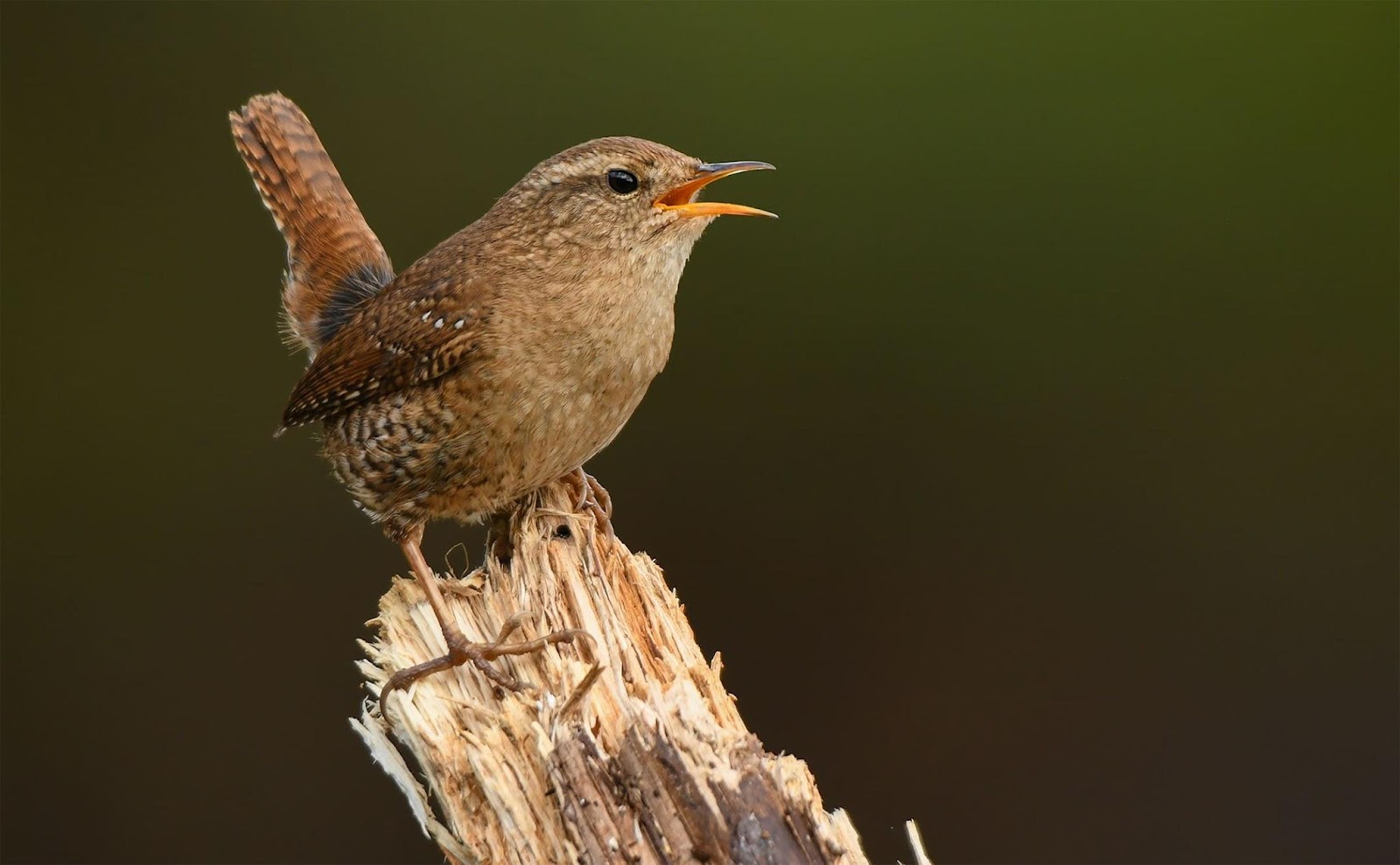
Proper right here in North America, we have two wrens which will be very similar to the one in Europe. We have the Pacific Wren, which I’ve in my yard, and the Winter Wren, which lives east of the Rocky Mountains.
These three species look lots alike that, not means again, they’ve been thought-about only one species: Troglodytes troglodytes, the Winter Wren. Nonetheless once more throughout the early 2000s, a pair analysis (1st publication) have been revealed (2nd publication) on the genetic relationships amongst populations of the fowl beforehand generally called the Winter Wren. It turned out that there have been deep genetic divisions between a couple of of this wren’s populations, which have been unfold all through the northern hemisphere.
Thought-about one in every of these analysis centered on a topic website online in British Columbia, Canada. There, the western and japanese subspecies of North American wrens bought right here into contact, sharing the an identical coniferous forest habitat. The researchers in that look at measured the genetic variations of various birds on this contact zone. Nonetheless as well as they measured variations throughout the birds’ songs. The outcomes revealed major variations between the two subspecies, in every their genetics and their songs.
So even the place these subspecies lived side by side, their songs have been so fully totally different that females of 1 subspecies most definitely had little curiosity throughout the males of the alternative subspecies. Interbreeding, it appeared, was unusual.
Prolonged story transient: in about 2010, the rules committee overlords elevated the two American subspecies to full species standing. They turned the Pacific Wren (Troglodytes pacificus) and Winter Wren (Troglodytes hiemalis). Birds in Eurasia saved the distinctive scientific determine and their updated frequent determine is each Eurasian Wren or Northern Wren. The Natural and Phylogenetic species concepts every bought right here into play throughout the decision to separate that one species into three.
These little brown birds current good examples of what we title cryptic species. On the very least to human eyes, these wrens are indistinguishable. We thought they’ve been all one species, nonetheless good info and cautious analysis allowed us to throw once more the curtain, revealing the hidden vary that was there all alongside.
And there could even be various further cryptic species masquerading as a result of the Eurasian Wren. There’s revealed genetic info that helps this. So in the end our checklists could break up this wren into 4 or further species.
With cryptic fowl species, we have a single sort or morphology that is actually various species, various genetic lineages. Nonetheless usually we have the reverse state of affairs: birds with strikingly fully totally different appearances that apparently belong to 1 species—a single genetic lineage.
A incredible occasion of this “various appearances, one lineage” scenario is seen in a couple of cheery little songbirds from North America: the Blue-winged Warbler and the Golden-winged Warbler. These two species are the an identical measurement and type, nonetheless their colors are dramatically fully totally different they normally sing fully totally different songs.
Nonetheless in distinction to the wrens we merely talked about, these two warblers hybridize ceaselessly the place they arrive in contact. Their hybrid offspring are fertile. The genomes of the Golden-winged and Blue-winged warblers current proof that their interspecies trysts have been occurring for a whole bunch of years. Hybridization is so frequent between these little dudes that two of their hybrid varieties have their very personal names: Brewster’s Warbler and Lawence’s Warbler.
Given all this interbreeding, shouldn’t we be treating the Blue-winged and Golden-winged warblers as one species? The reply is “certain” if we have now been to stay to the old-school mannequin of the Natural Species Thought. Nonetheless, as far as I do know, these birds have always been dealt with as two species.
Now proper right here’s the place it will get truly attention-grabbing: Preliminary genetic analysis of these birds couldn’t uncover any precise variations between the two species. Perhaps not stunning given how lots they hybridize. Nonetheless, there wanted to be some variations, because of everyone knows plumage colors are managed by genes.
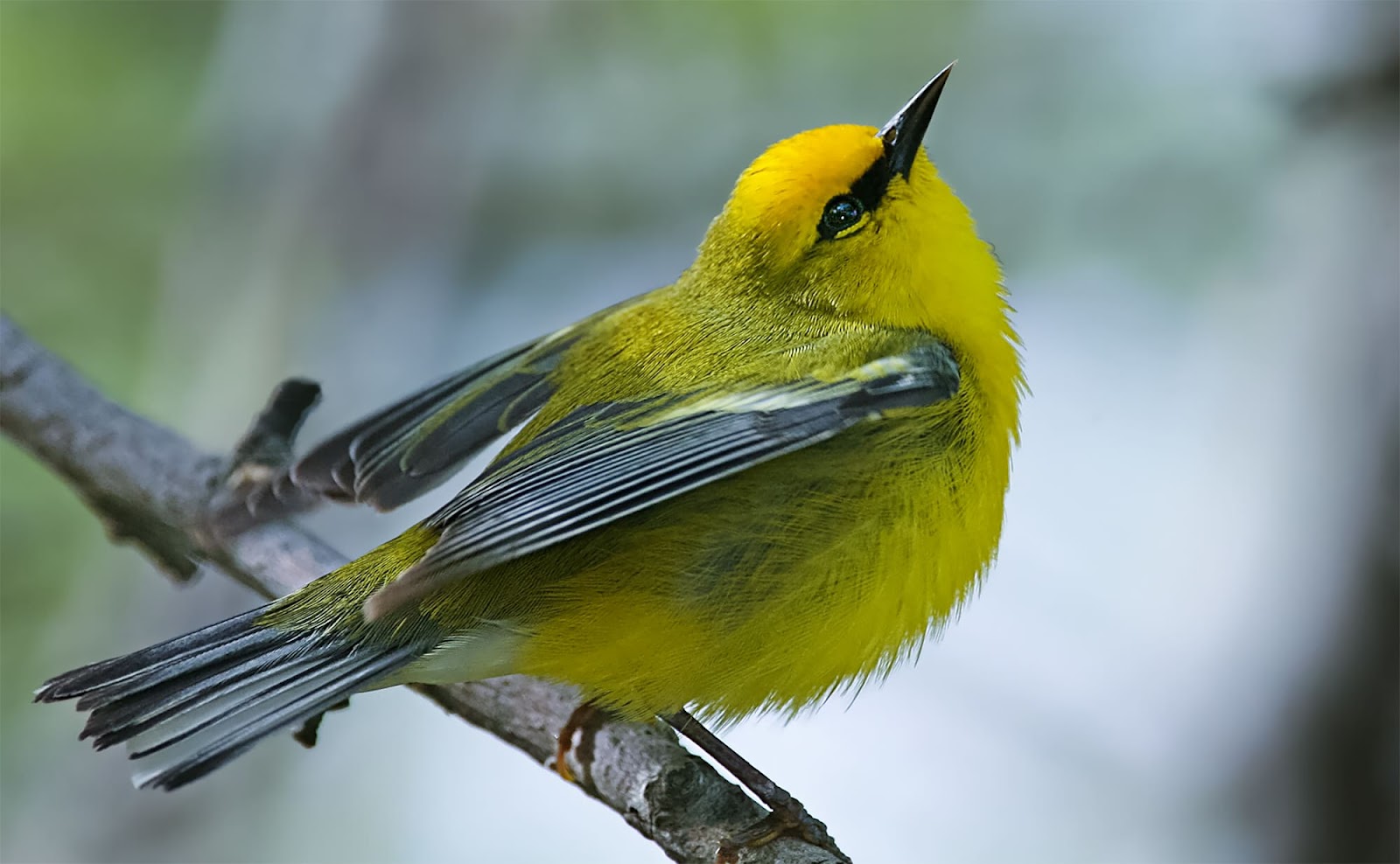
Lastly, a 2016 look at of these birds revealed throughout the journal Current Biology in distinction their complete genomes. That’s an infinite amount of data. This look at found that there are definitely some genetic traits distinctive to each species. Nonetheless this portions to solely a teensy weensy little little bit of distinction all through the two genomes. The Golden-winged and Blue-winged warblers are 99.97 % the an identical on the DNA stage. It seems the few areas of their genomes which will be fully totally different are, as we would anticipate, associated to feather pigmentation.
So sooner than this present look at using genome info, the on the market genetic info combined with all that freewheeling hybridization might have impelled us to lump these birds as one species. Nonetheless now that scientists have found various genetic traits which can be distinctive to each of the two warblers, the Phylogenetic Species Thought can come to the rescue and provide justification for holding them separated.
That’s a terrific issue for the Golden-winged Warbler because of it’s populations are declining shortly on account of habitat loss. Persevering with to acknowledge this fowl as its private species will help it keep its licensed protections throughout the US and Canada.
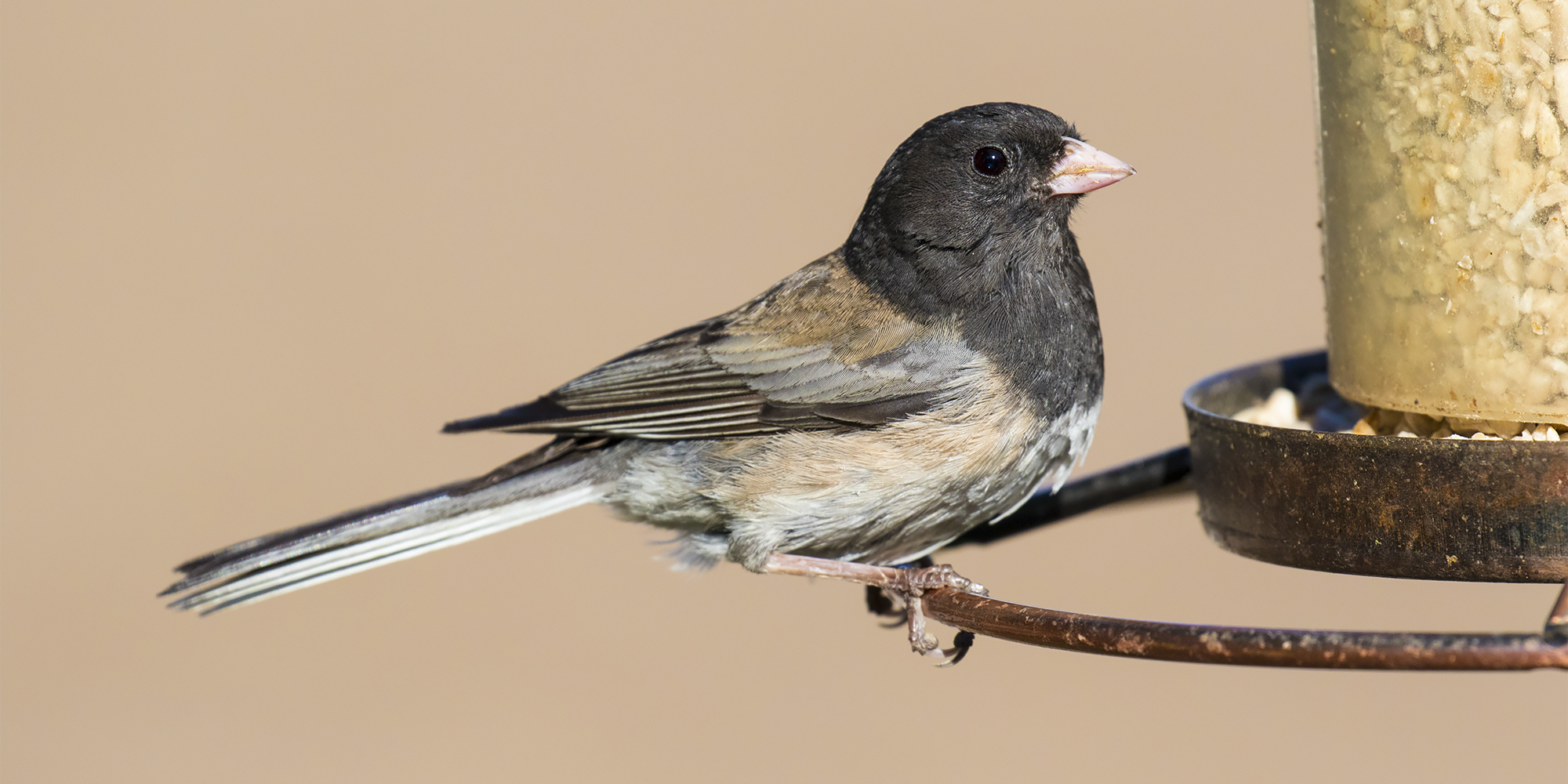
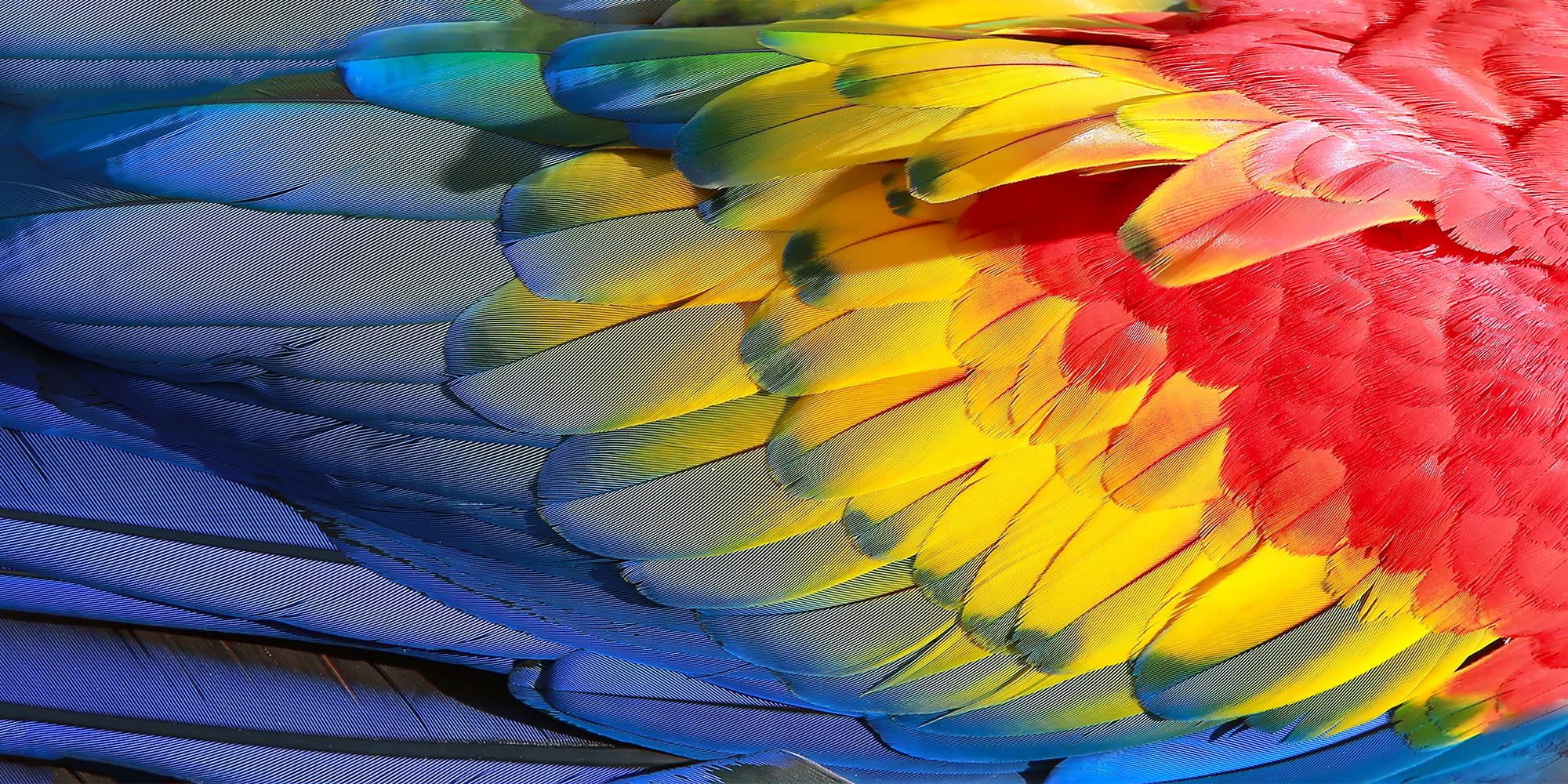
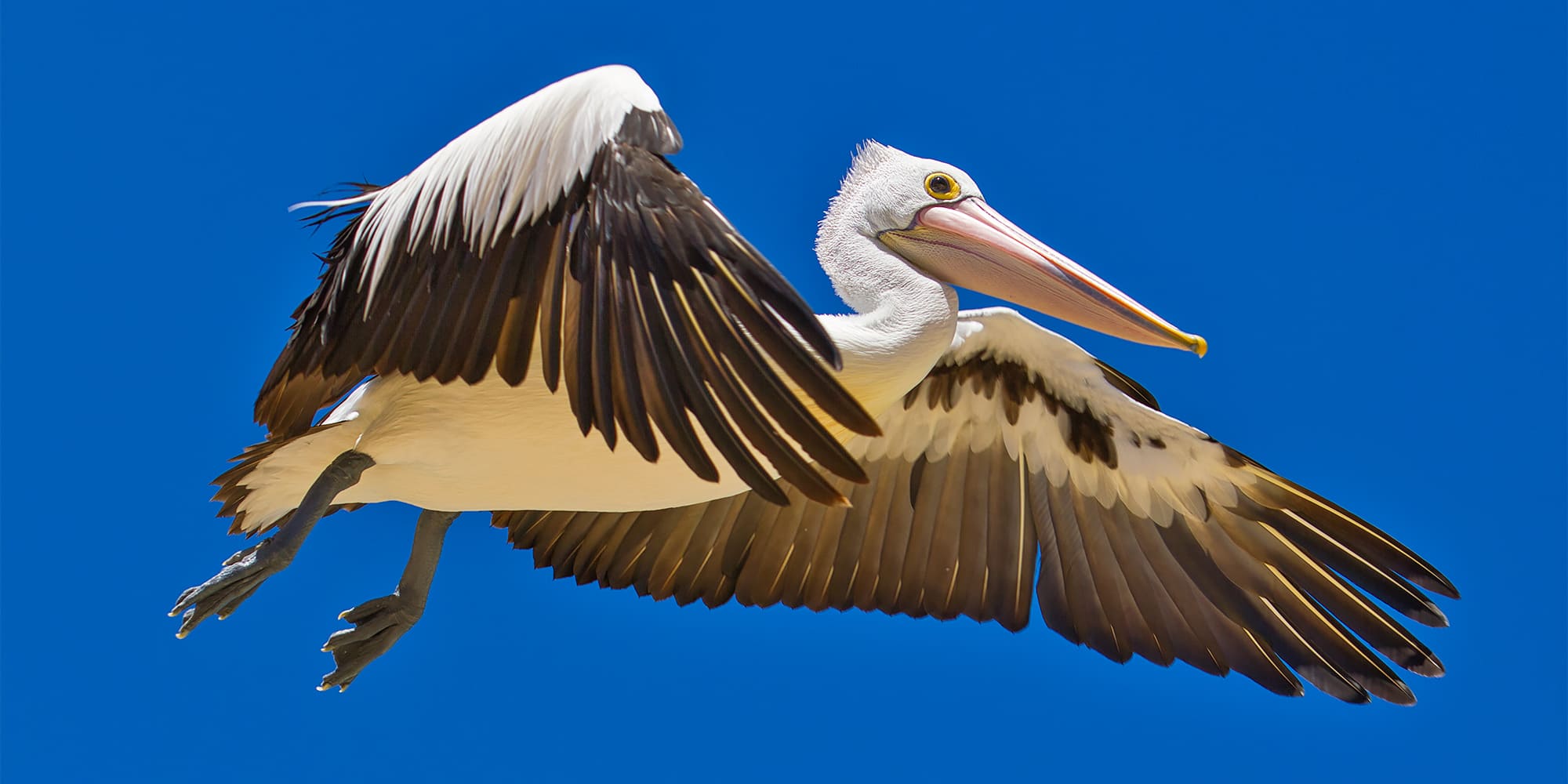
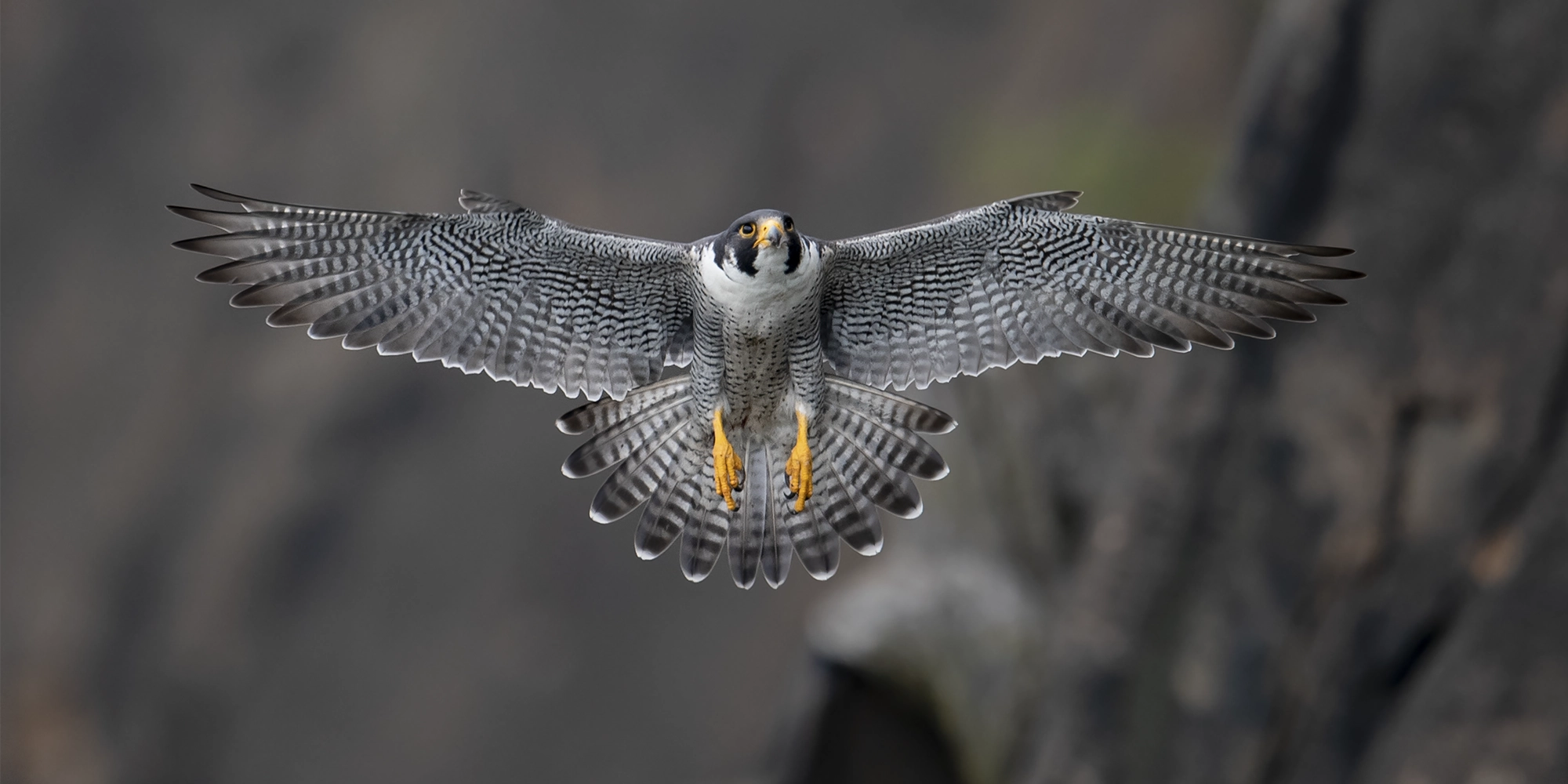

Post Comment